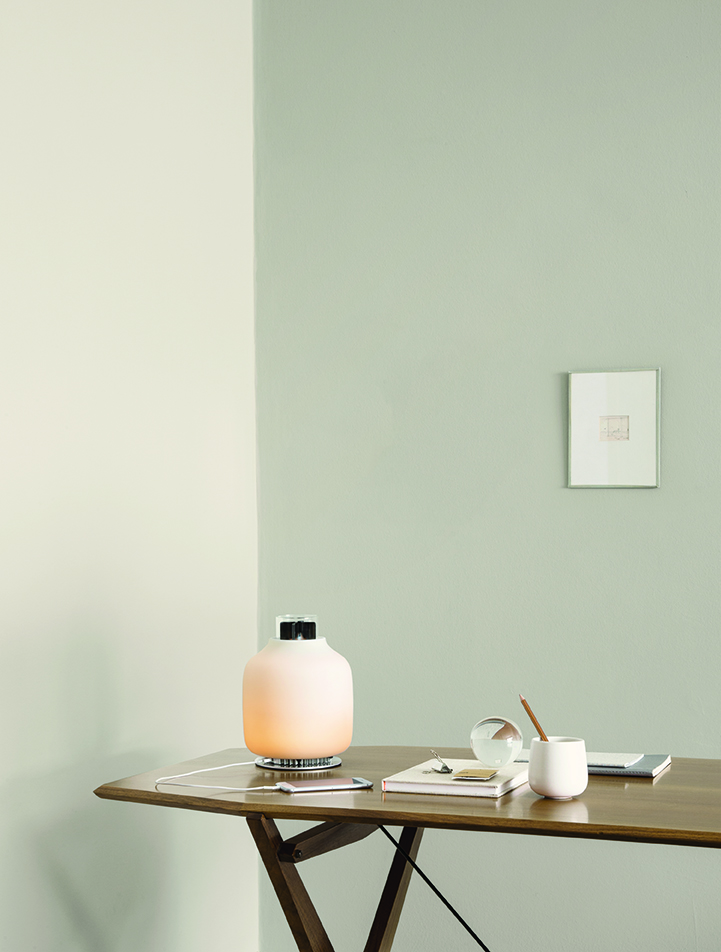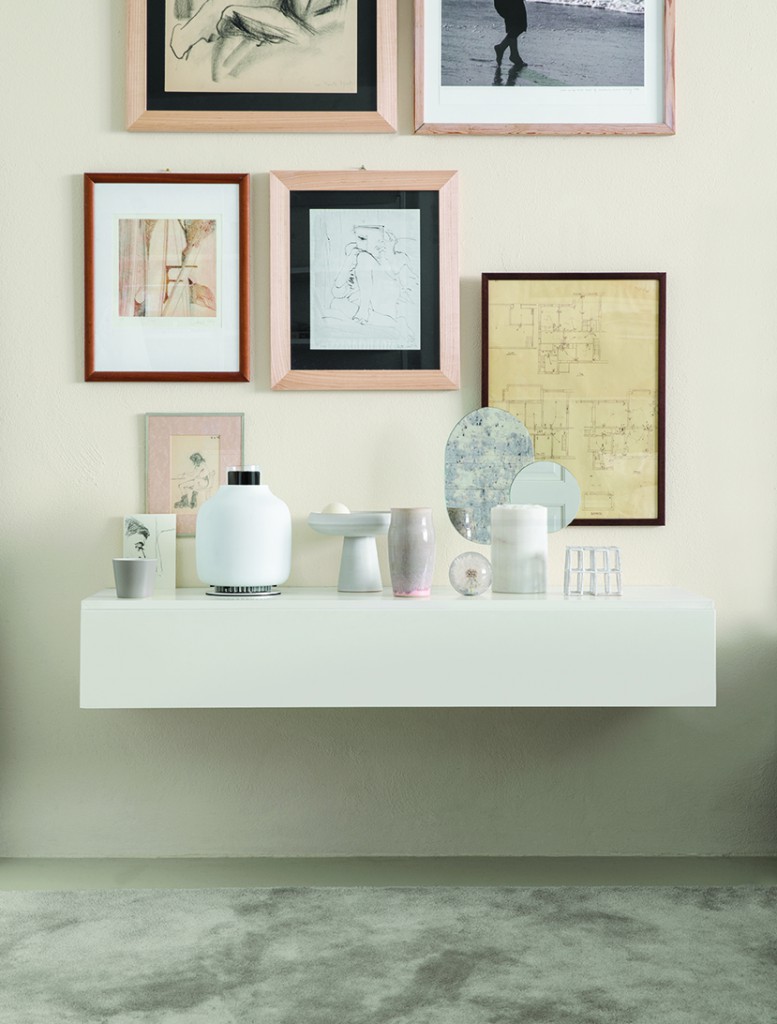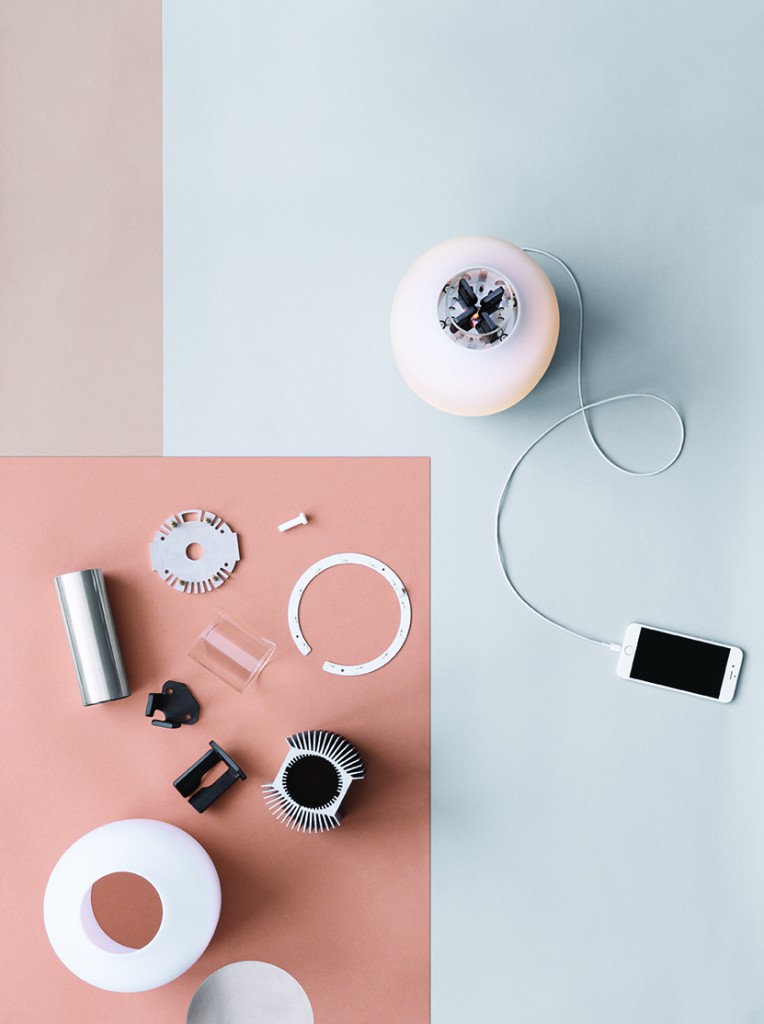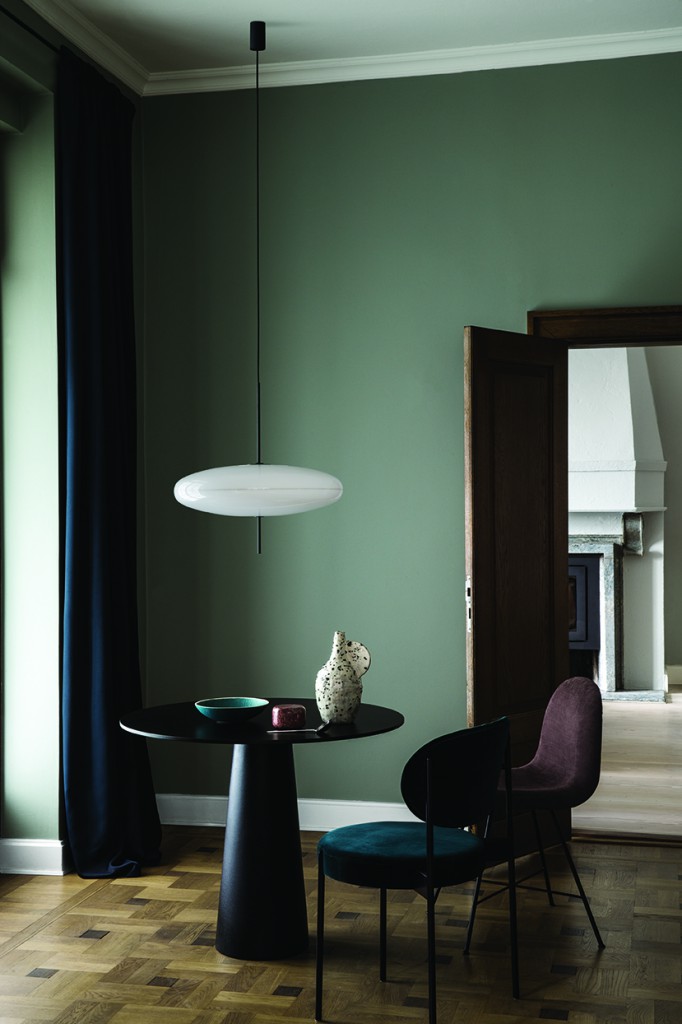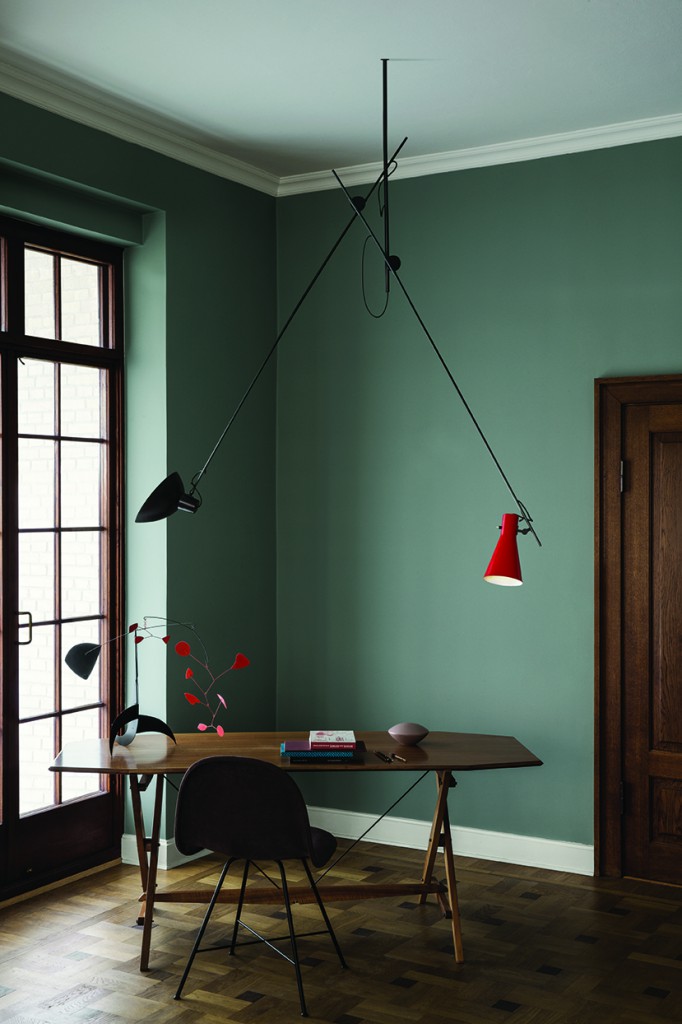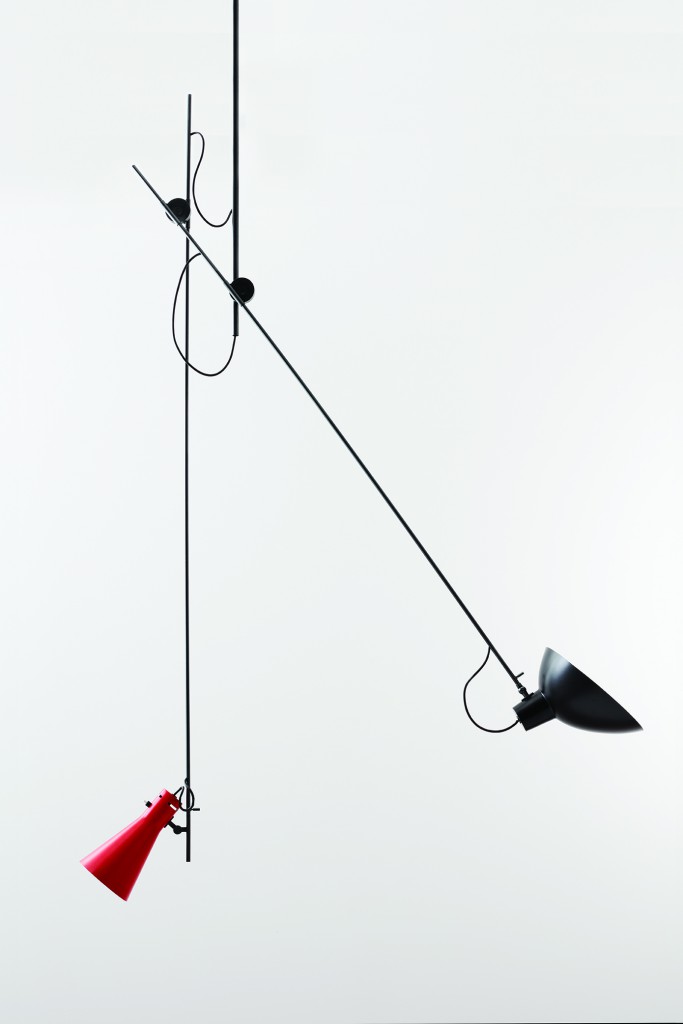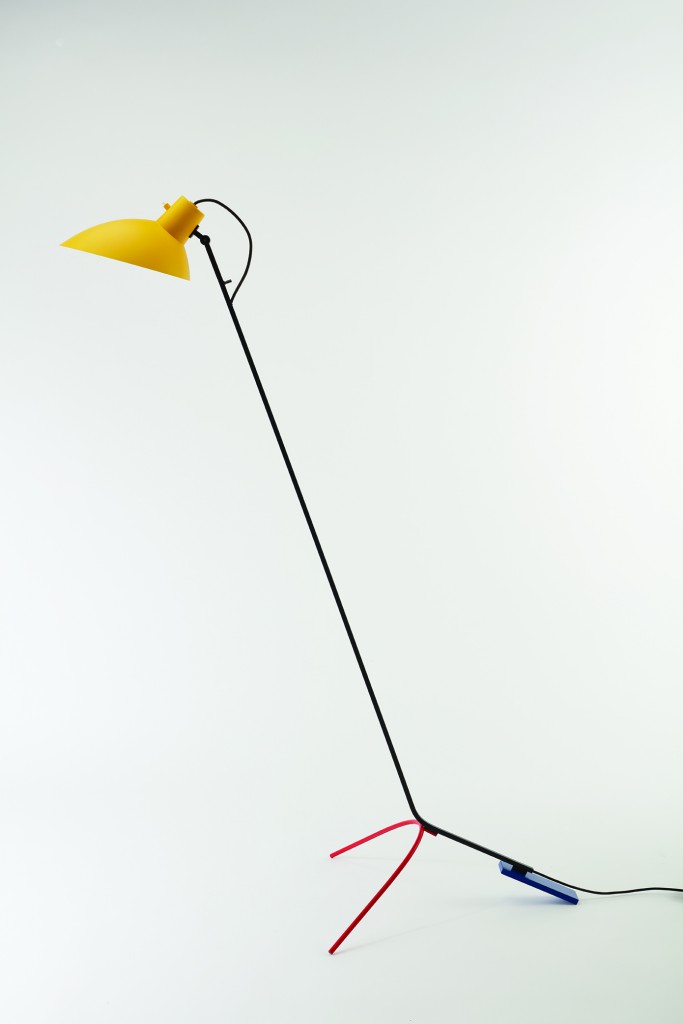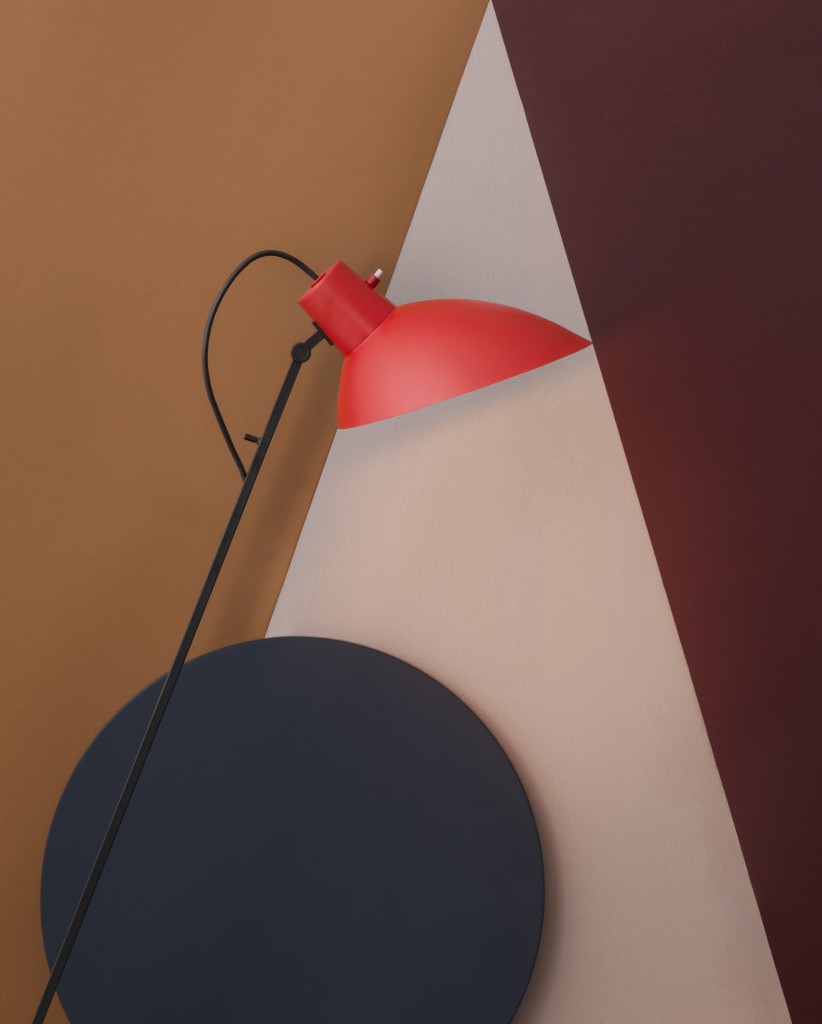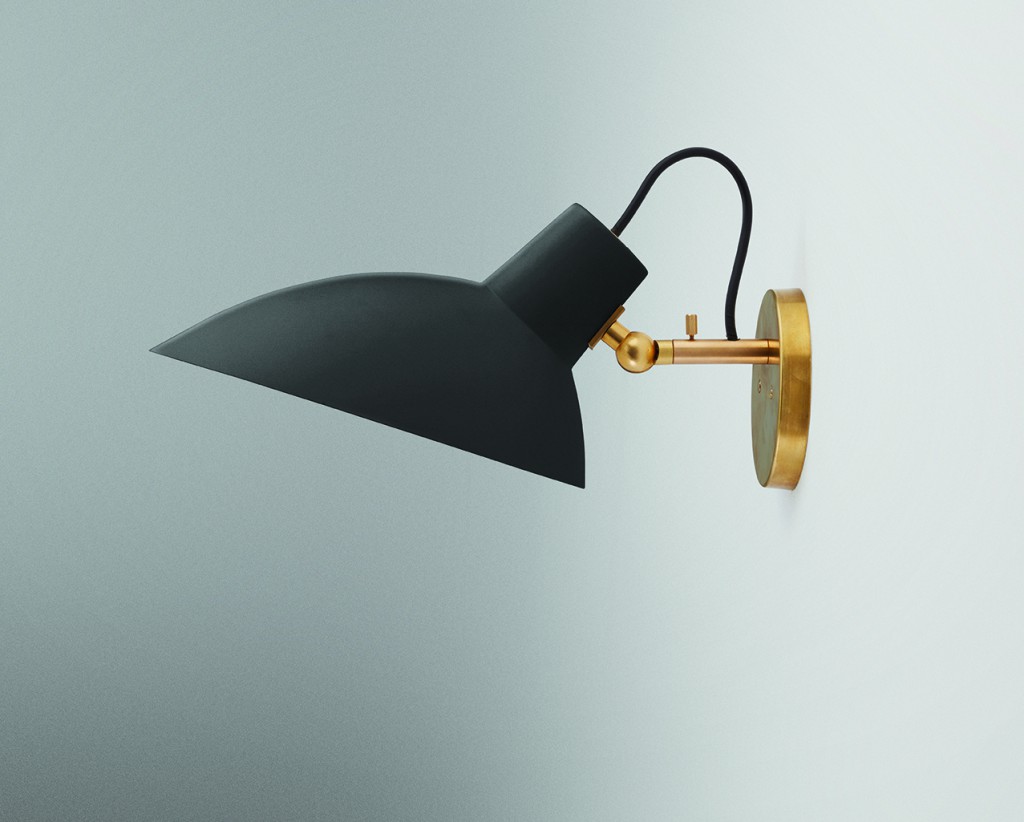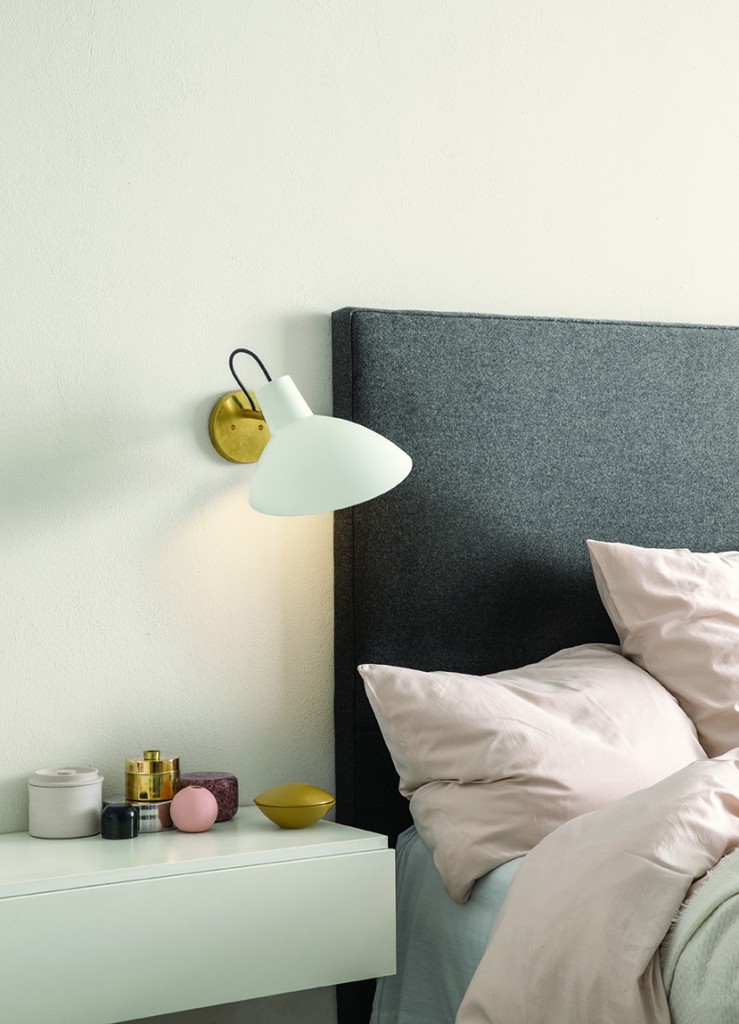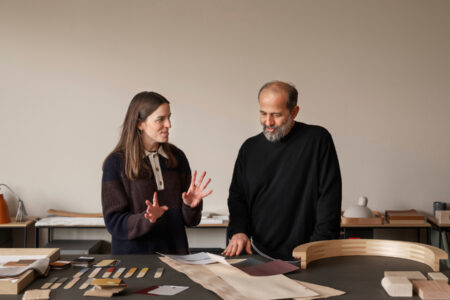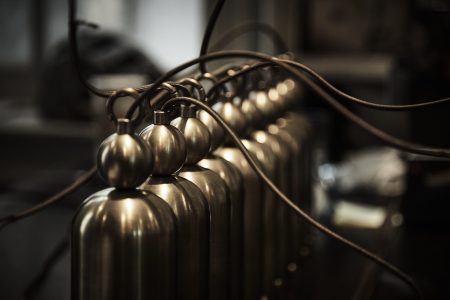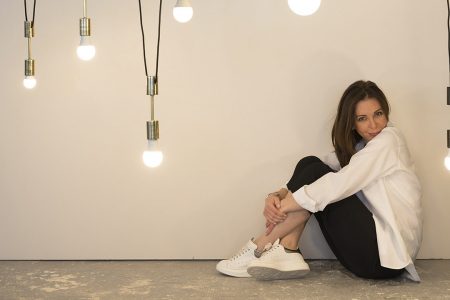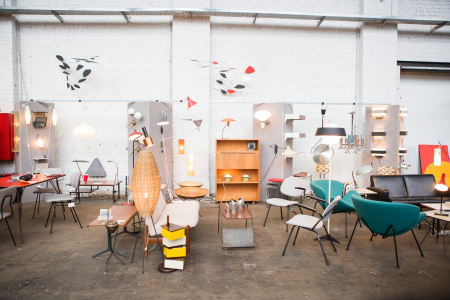Astep Launches with Candela Lamp
Astep was founded in 2014, but in a sense the forward-looking company dates back to 1939, when founder Alessandro Sarfatti’s grandfather Gino founded Arteluce, bringing design to the lighting industry. Alessandro’s father (Gino’s son) Riccardo launched Luceplan in 1978, and now the youngest Sarfatti continues the tradition into a third generation. Alessandro followed in his father’s footsteps at Luceplan — as CEO from 2005–2013 — and subsequently moved to Copenhagen. It was there that he met Astep co-founder Nicholas Zambetti, an interaction designer and technologist who brings his experience from Silicon Valley and Interaction Design Institute Ivrea to the new venture.
Astep’s flagship product at launch is the “Candela“. Incorporating the latest thermoelectric technology, designer Francisco Gomez Paz has updated the traditional Scandinavian lantern for the 21st century. Through a process called the Seebeck effect, “Candela” converts the heat of the flame into electricity, which not only powers the warm LEDs but can also charge devices via USB.
Along with the “Candela”, Astep is also pleased to reissue two several timeless pieces from the archive: Vittoriano Viganò’s 1951 “VV Cinquanta” collection, including suspension, floor, and wall variations, and the classic model 2065 designed by Gino Sarfatti for Arteluce in 1950.
